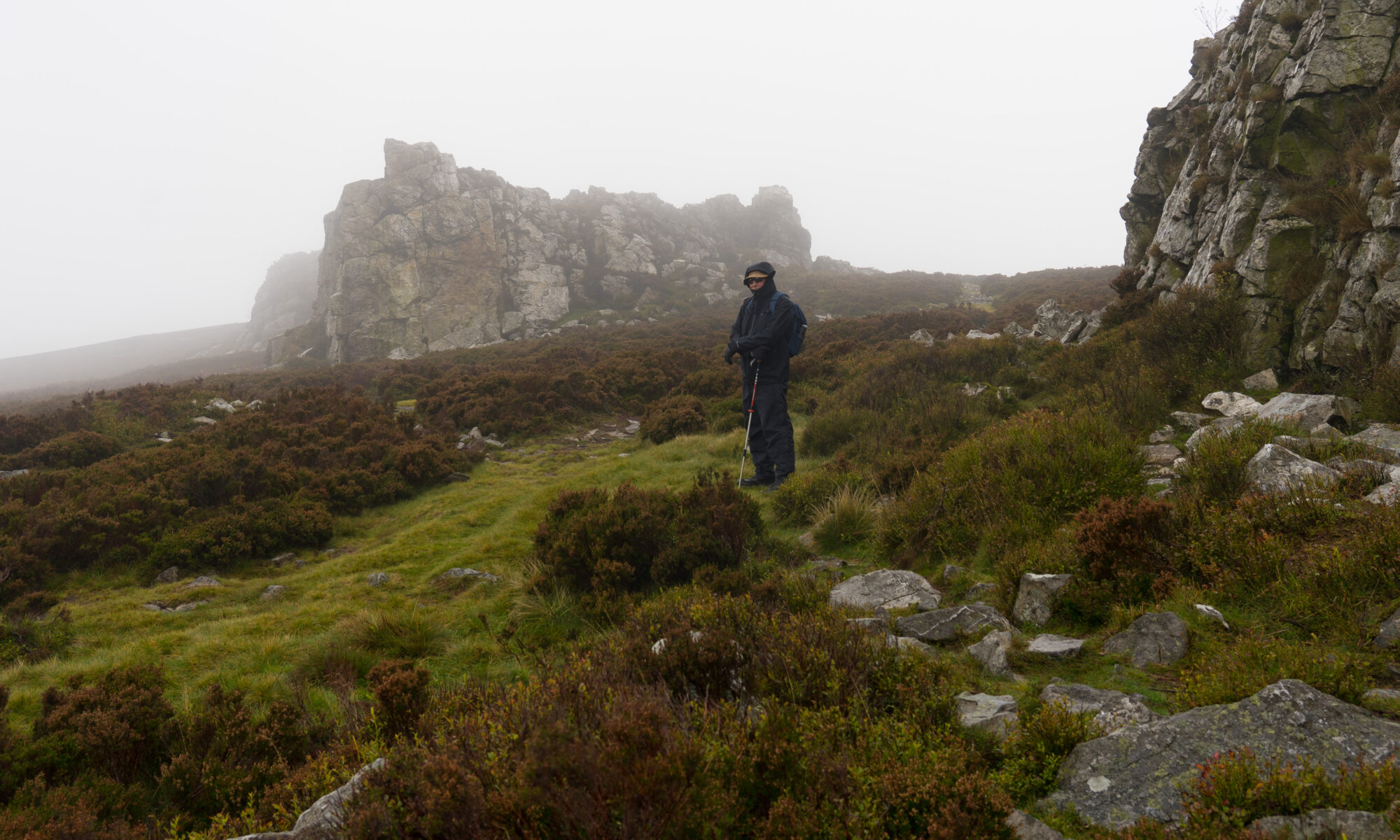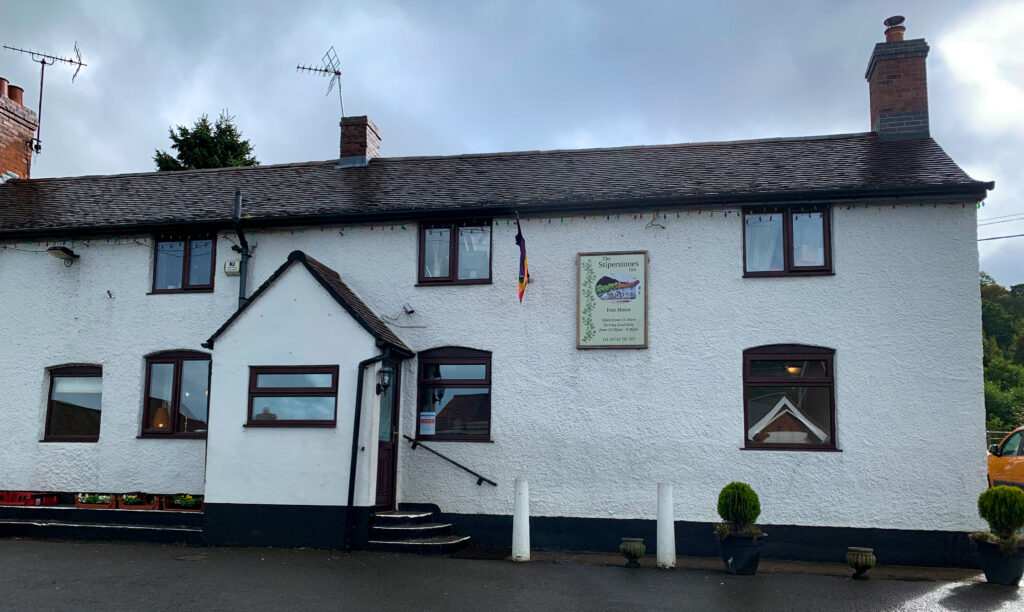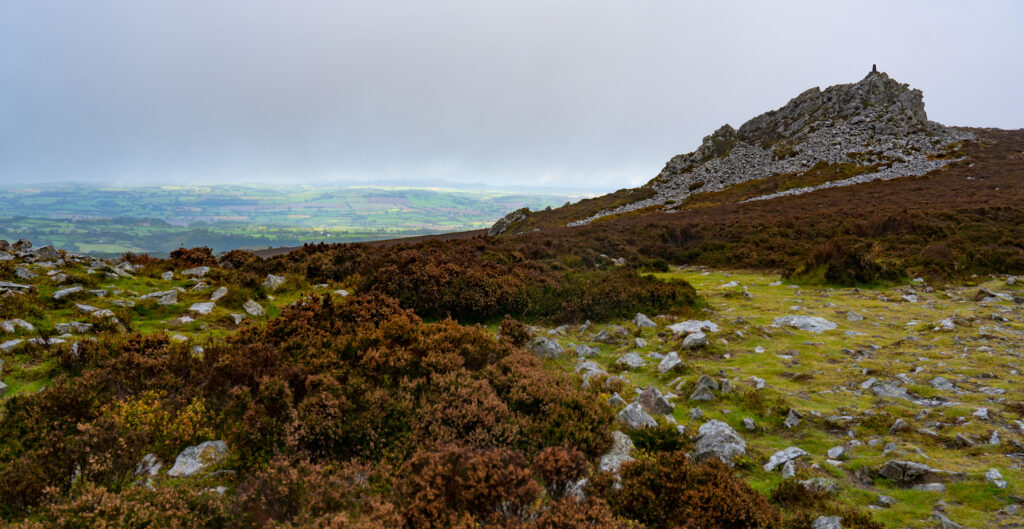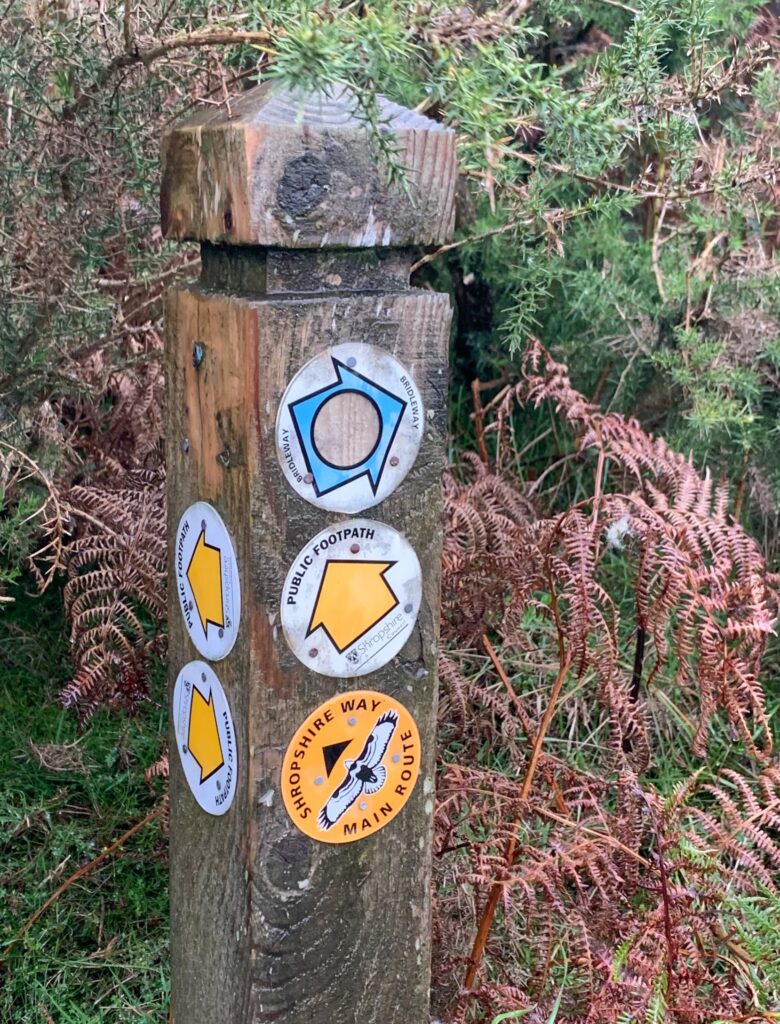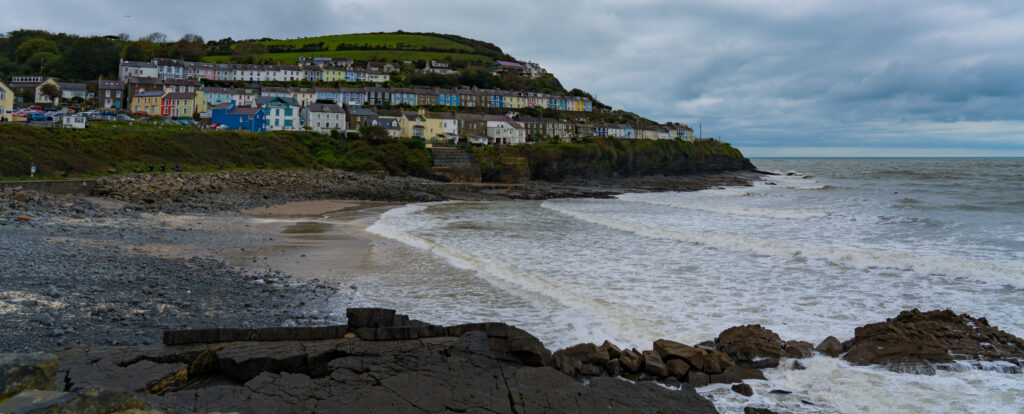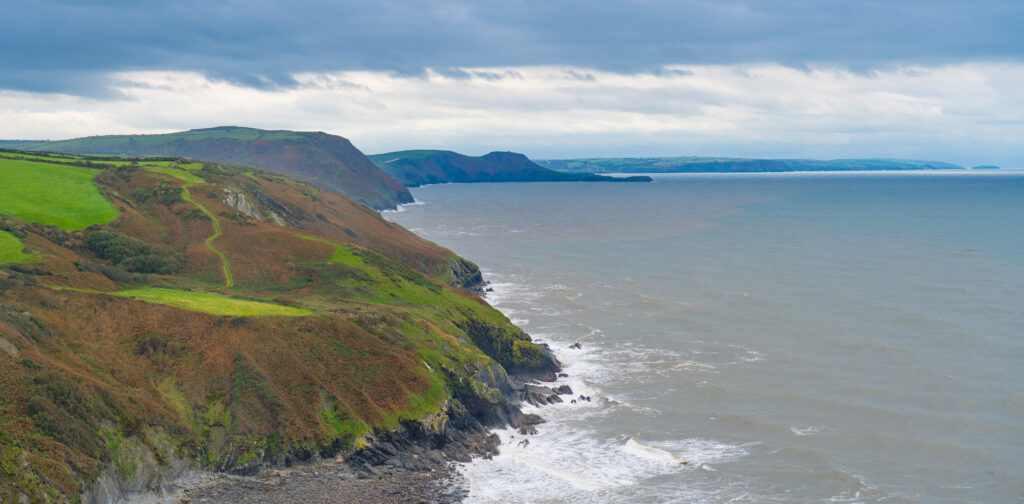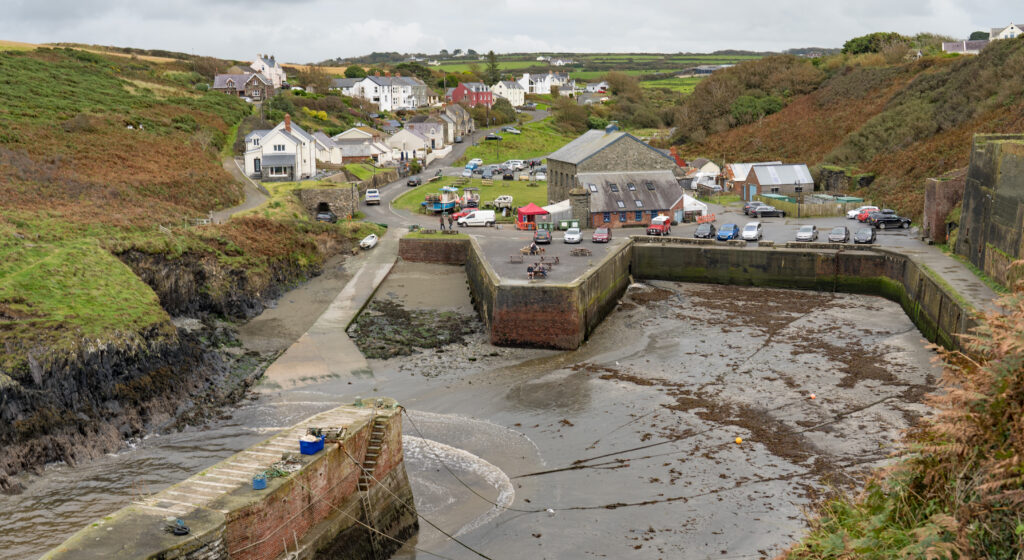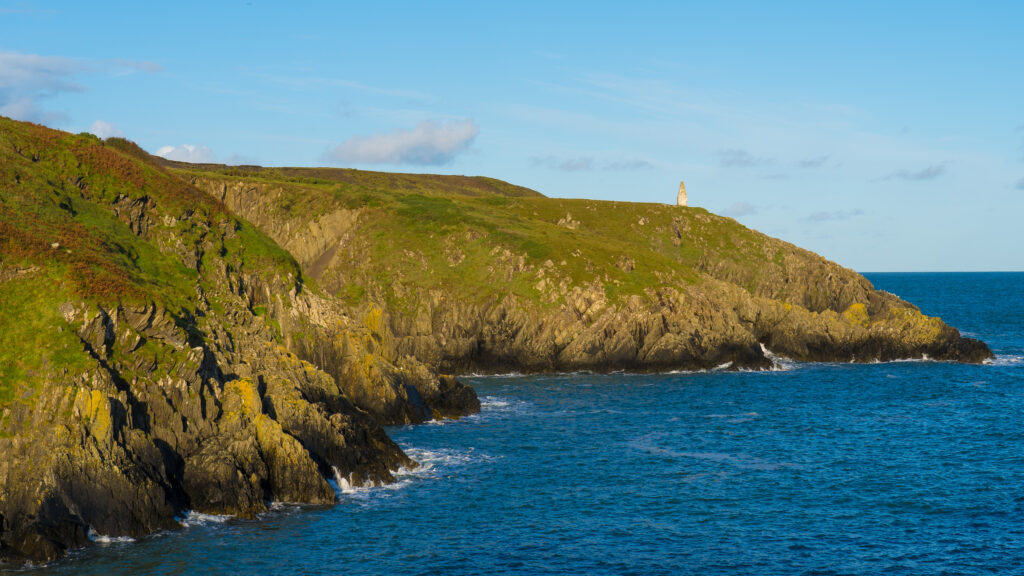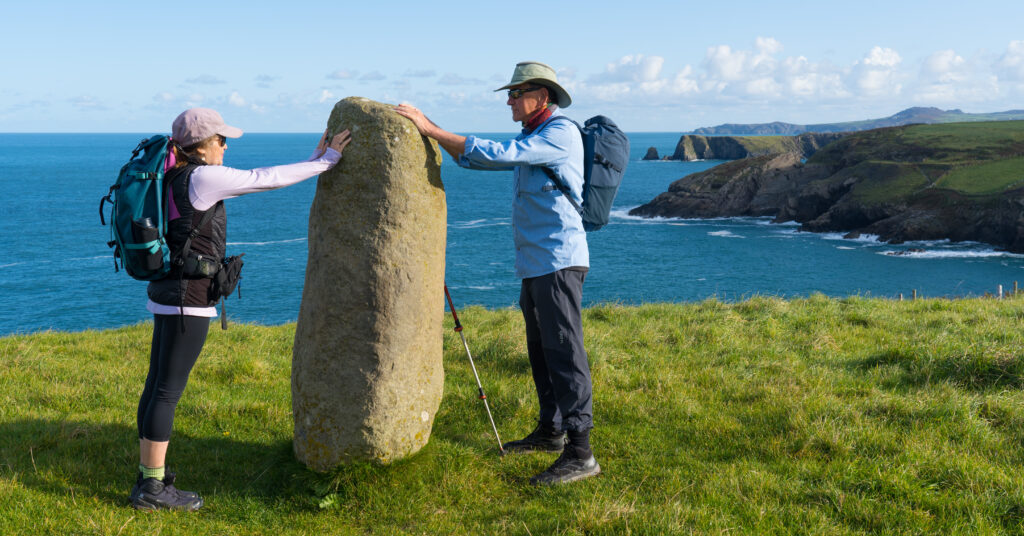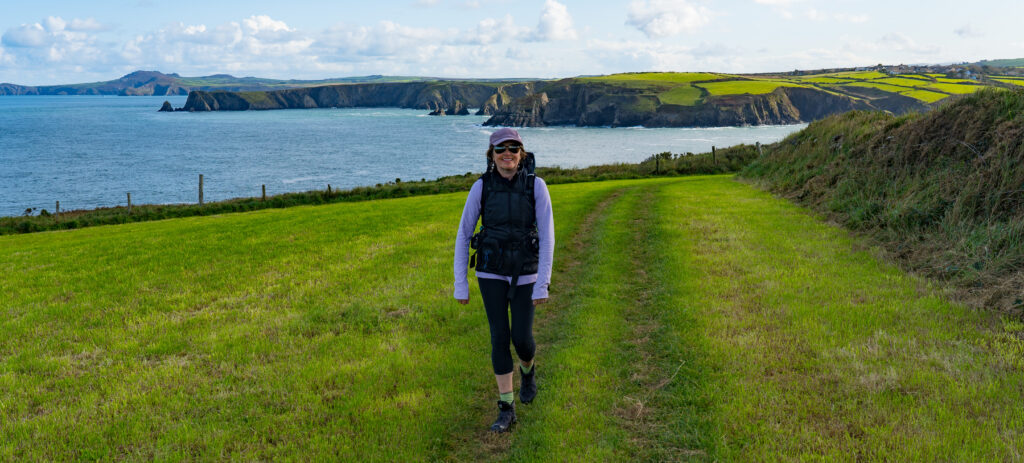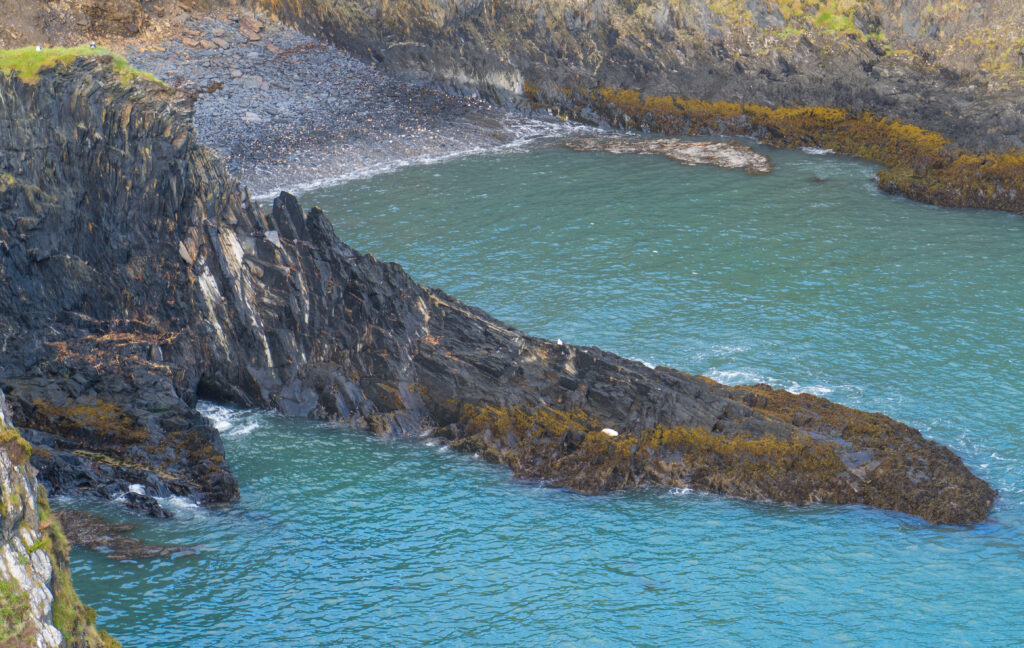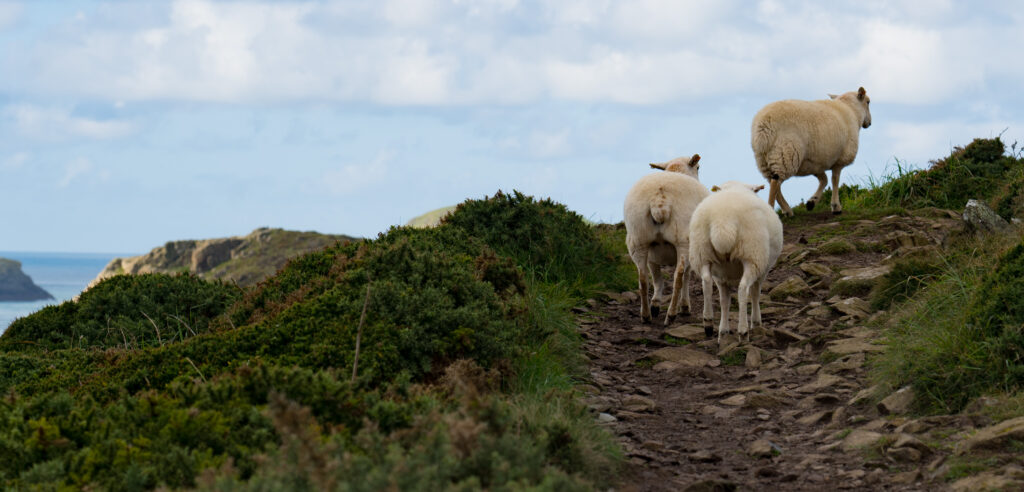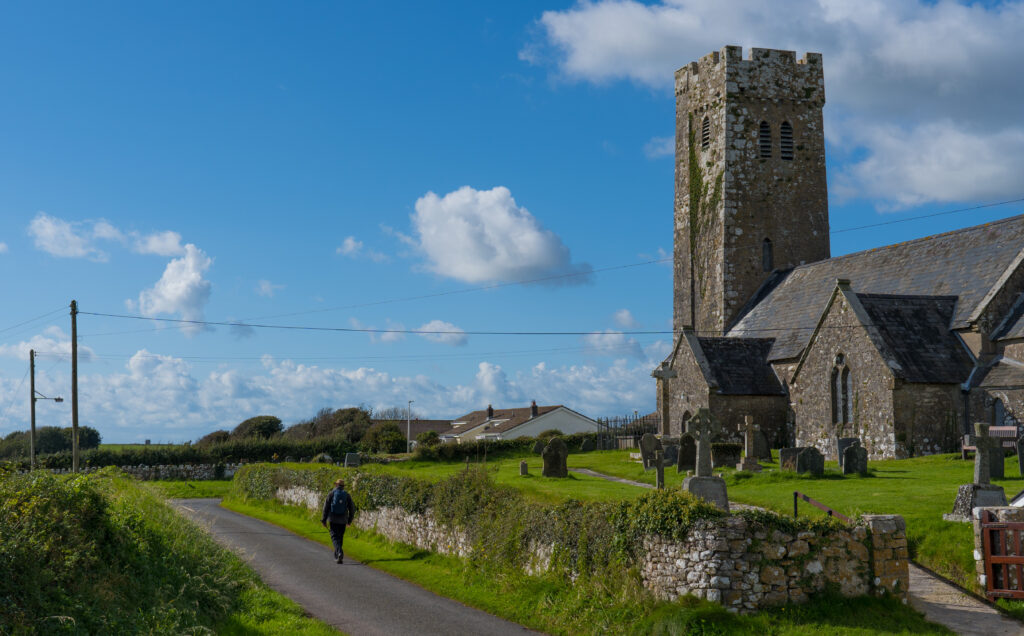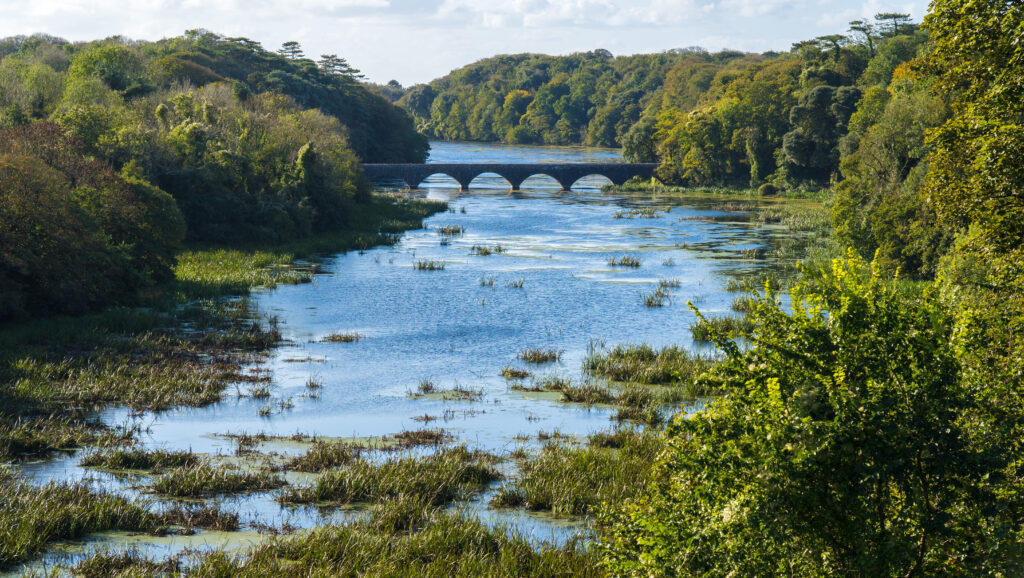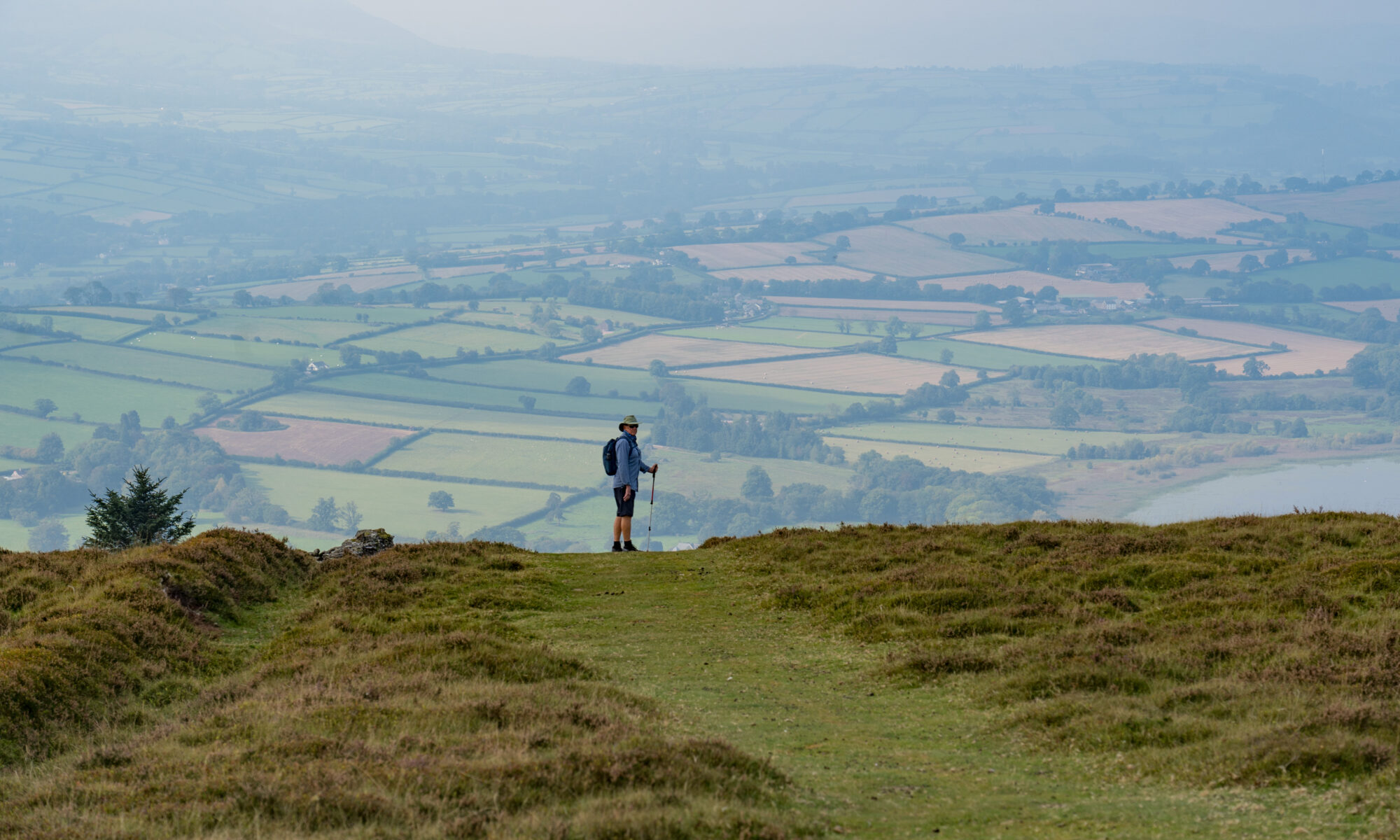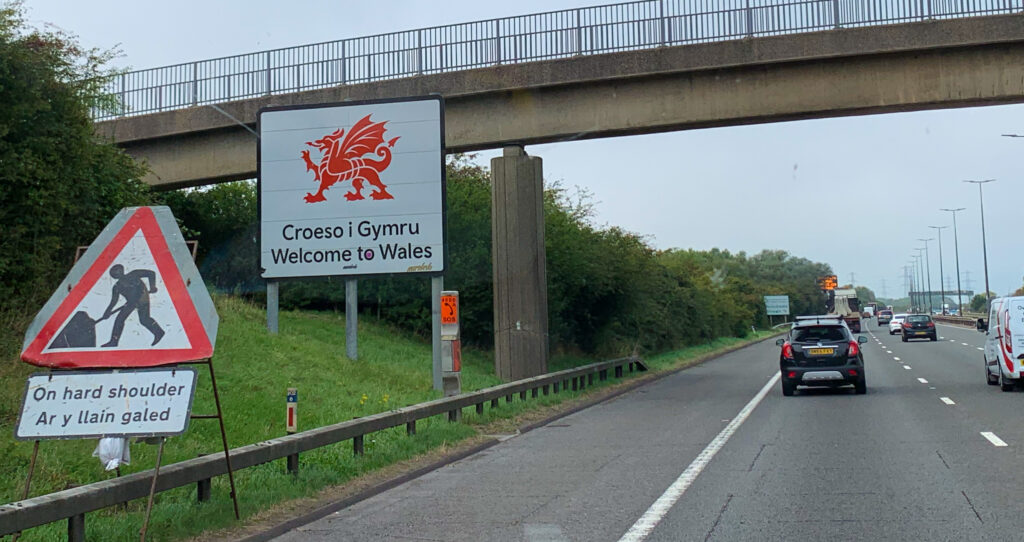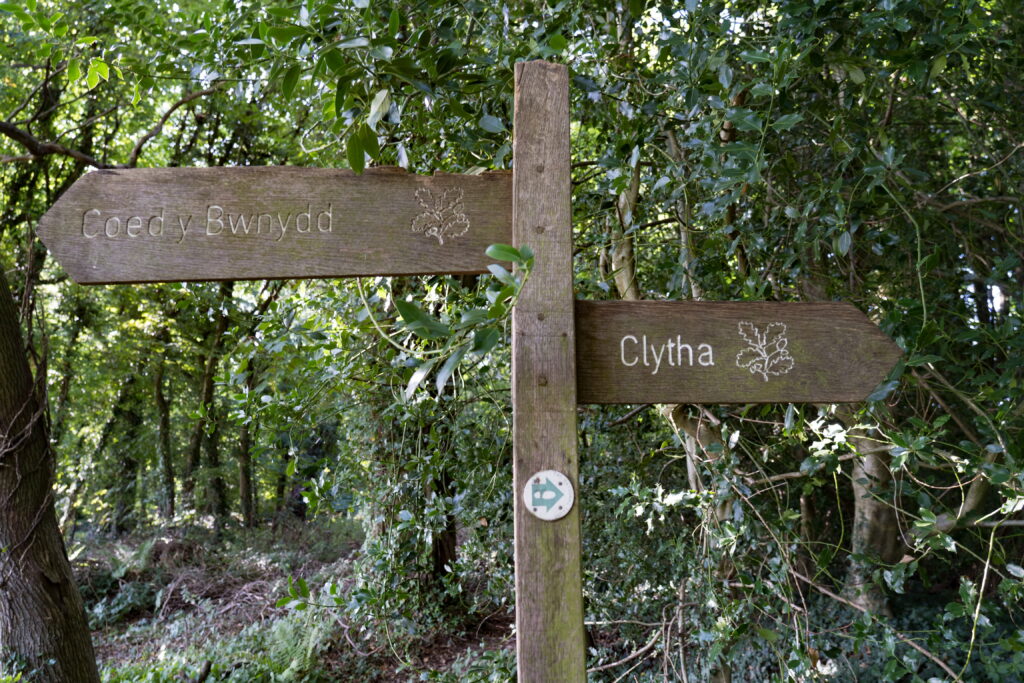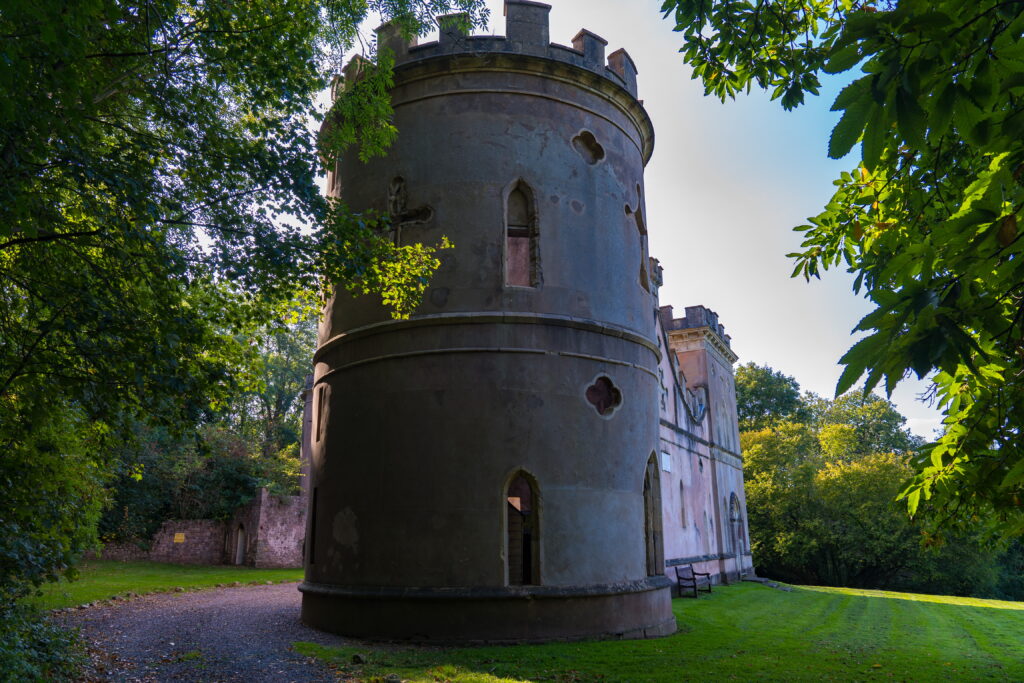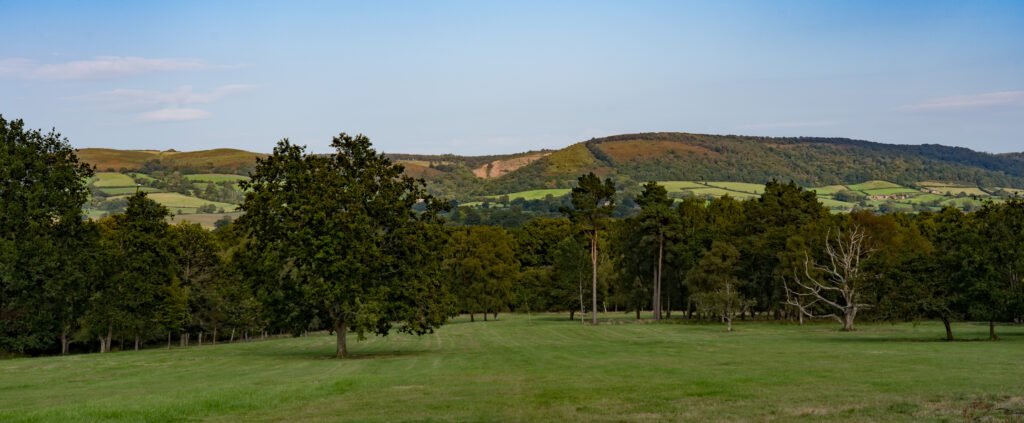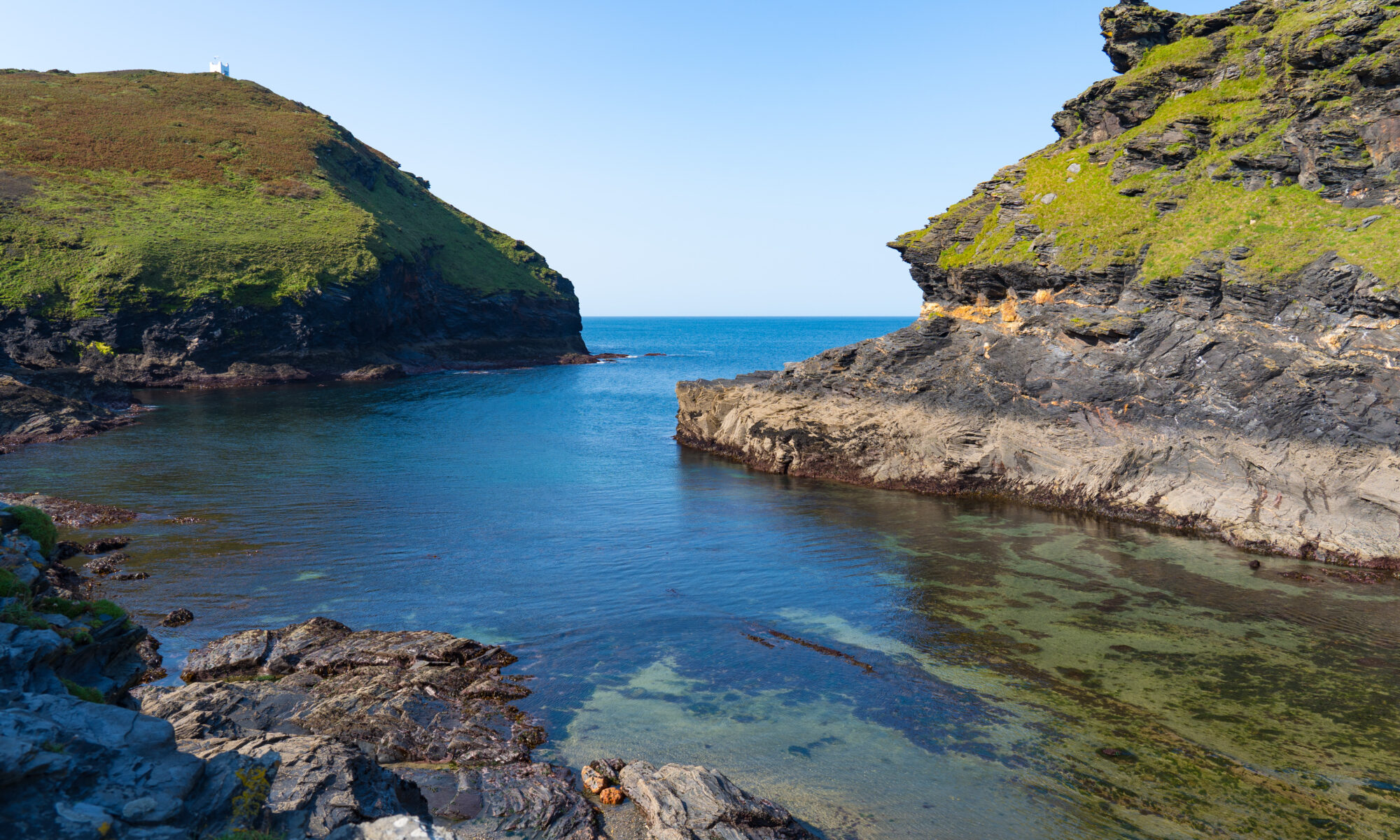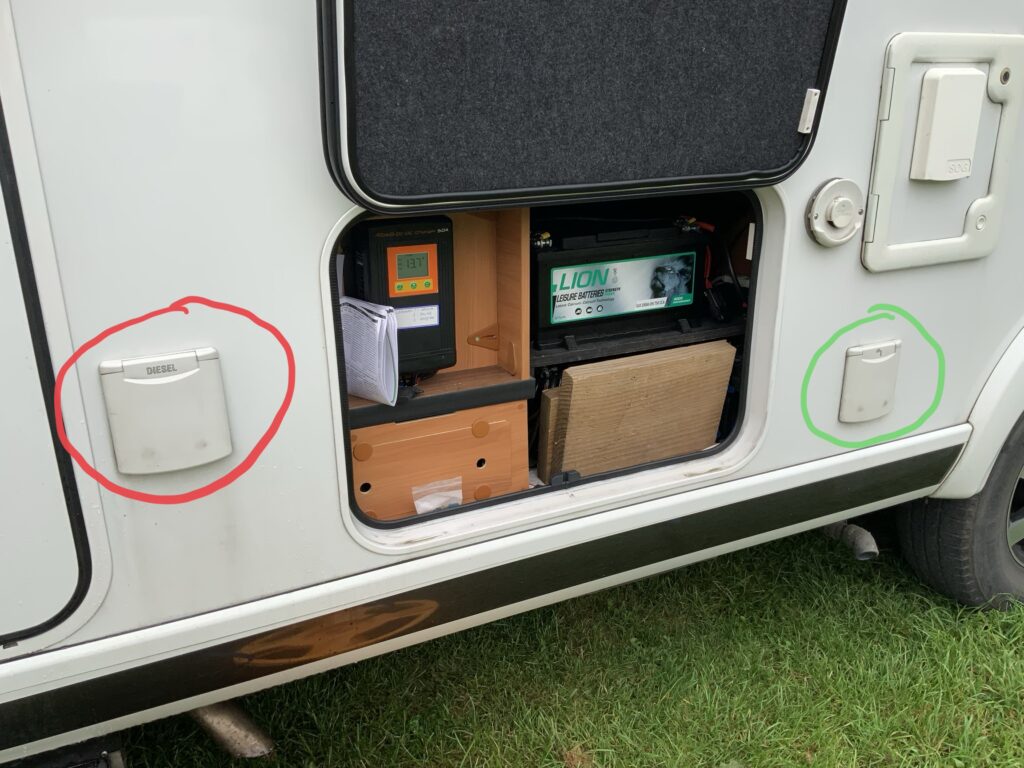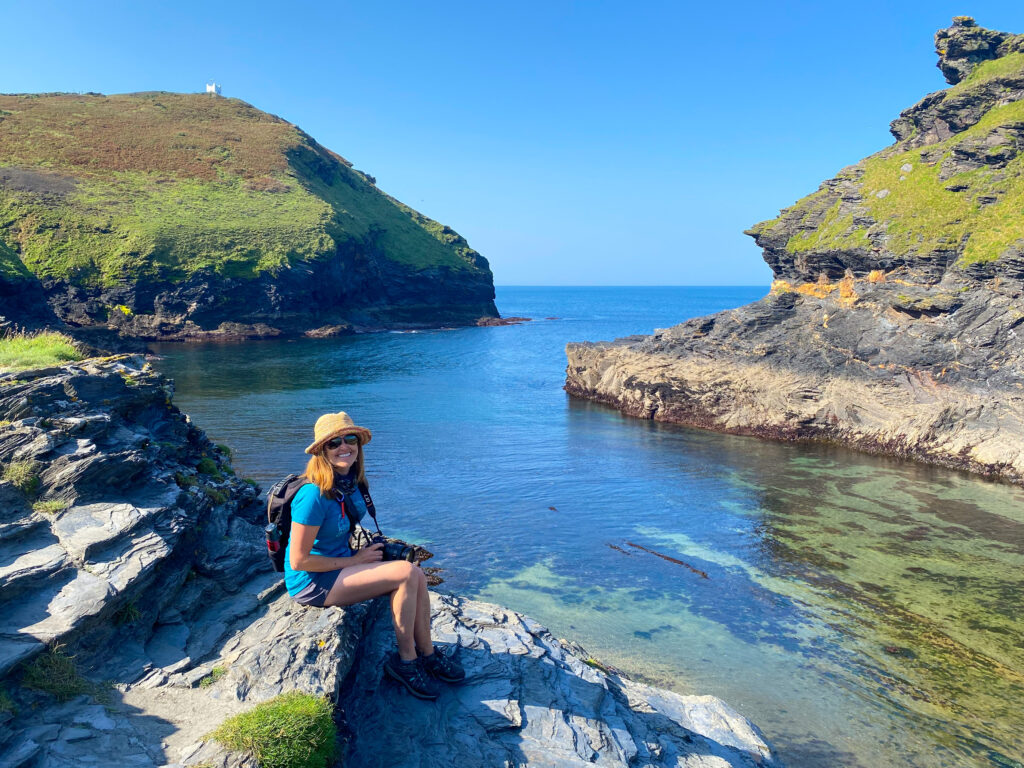Author: Mr A
Location: Tittesworth Resevoir, & The Winking Man, Staffordshire, Mam Tor, Buxton and Castleton, Derbyshire, UK
The impromptu days are often the best, and our dash up to the Peak District from Shropshire was a great example of that. We drove past a large reservoir and decided it looked like a top location for a spot of lunch and a bit of a leg stretch. The weather brightened up, the forest was giving off that freshly rained on perfume. and we just had to keep walking (8.5km circuit – map).





Half way round and we came across a couple, one using a wheelchair, who were struggling up a steep bit of path. So we gave them a bit of a hand, and we ended up chatting and walking the rest of the way with these two absolutely delightful people. At 91 years of age, Derek was determined to get round a walk that the majority of the folk there that day clearly hadn’t attempted, ably assisted by the super strong and fit Rosie. Now I admit to never having tried to push a wheelchair up a hill, and when I did, I was even more admiring of Rosie’s prowess behind the chair!








They were such great company, and it really made our day to share theirs. We gave our farewells, and headed off to a pub we were going to park at for the night, intriguingly called The Winking Man (spelled carefully).
We were just looking at the drinks menu when I noticed one of the barmaids having an animated conversation on the phone, and glancing over our way and smiling. Odd I thought..what have I done now? it was Rosie and Derek. They had remembered the name of the pub we were going to and were ringing to buy us a bottle of wine to thank us for the help that afternoon. What a kind thought and action. In these difficult times, such gestures mean even more to us. Sometimes we do feel disconnected from community and friends. A moment like this reminds us the potential for friendship is all around us.


The next day, with finally a rain free forecast, we headed over to do one of the Peak District’s classic walks, the circuit around Man Tor (map). I must have done this in the Scouts, we were up in that area regularly, but it was all fresh to me this time. The incredible views across a landscape so deeply green it looked unreal. Despite the cold northerly wind there were a few people about, but as usual once away from the car park the numbers really thinned out.


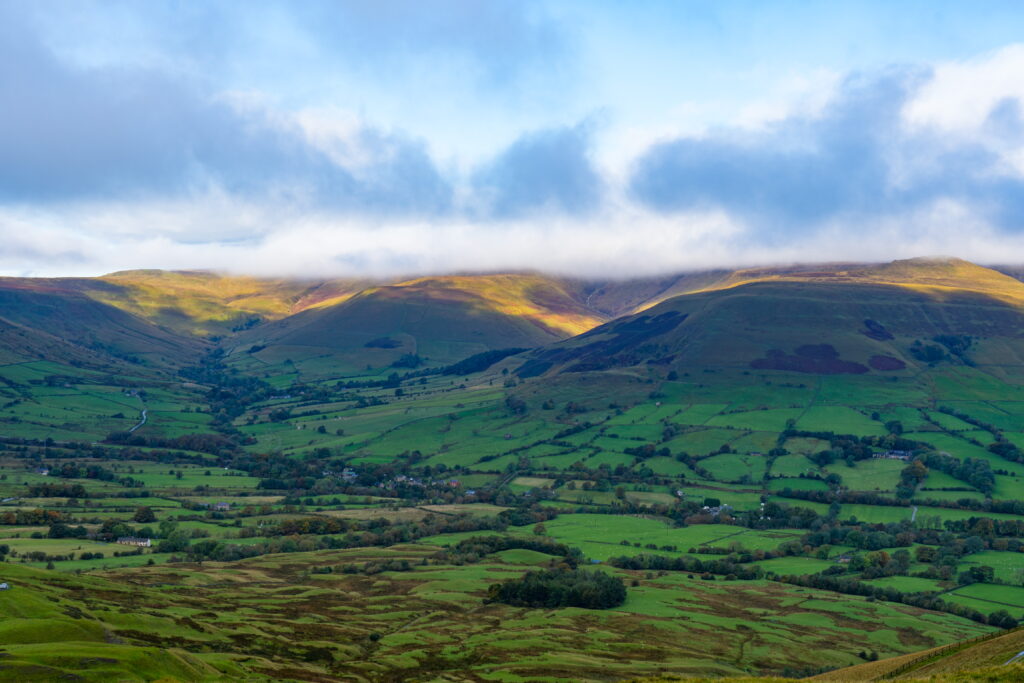
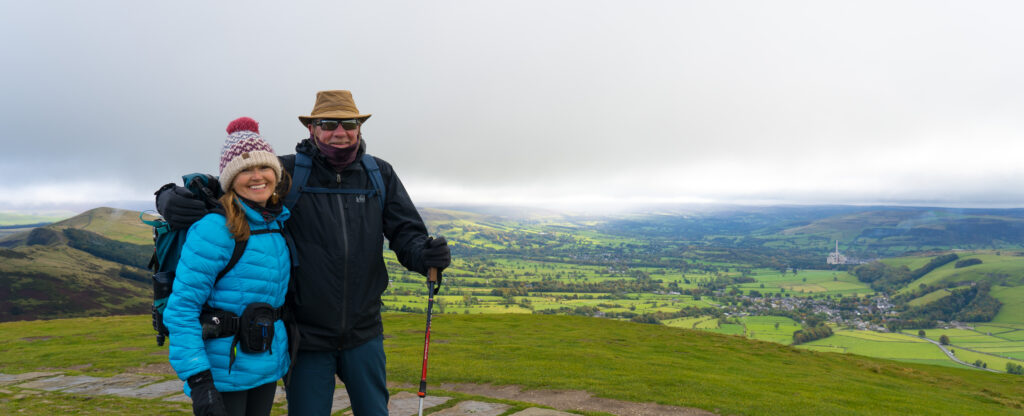







The blemish on the day came when Catherine noticed her two week old Salomon boots were already starting to come apart at the joins, so a few phone calls later and we were off to Buxton to post them back to the retailer. Now, some towns just create a poor first impression, and then get worse. So this was Buxton. From a car park machine that made us pay a premium rate for a day (in coins) when we needed an hour, to the complete disinterest in enticing us to buy anything in the shops we visited. We tried to find somewhere that looked appealing for lunch, gave up and left and made our way over to our campsite just outside Castleton.

What a drive over it was, as the unfenced road wound down through the hills. Not a quiet road though. This is definitely an area to explore off peak. Even now its super busy, our campsite completely full. I can’t imagine what school holidays were like trying to get around. No wonder there seemed a higher proportion than usual of irate drivers.
The next day (Friday) was another wet one, so we decided we would just stay local. I volunteered to head into the local bakery to equip us for a bacon and egg brekky – I’m all altruism. Hot out of the oven I was sold a crusty “white bap” (how many words are there in the English language for a loaf? Even Google didn’t know that) – what a lovely start to the day.
It kept getting better, when we wandered into dinky Casterton and found four outdoor shops! A beanie and warm gloves were purchased for me. Things are cooling down here pretty rapidly, evidenced by the fact that we had several freezing hailstorms batter us. We did see though see many walking signposts through the village, a hiking mecca’s this place and somewhere we really want to come back to.


But for today the only thing to do was to retire to one of the six pubs we noticed in the space of a few hundred metres! We got chatting to the folk on the next table, as you do in an English pub. We have so missed that. Europe was wonderful last year, but without the local language it was hard to engage.

With heavy downpours predicted, and Catherine devoid of walking boots after having to return hers, we headed back to Truffy and some lazy time with music and books. Perfect..but not quite purrrrfect ….without Miss Tassie to warm our laps 🙁
This has been an all too brief dalliance with the Peak District – “We’ll BeBack”


